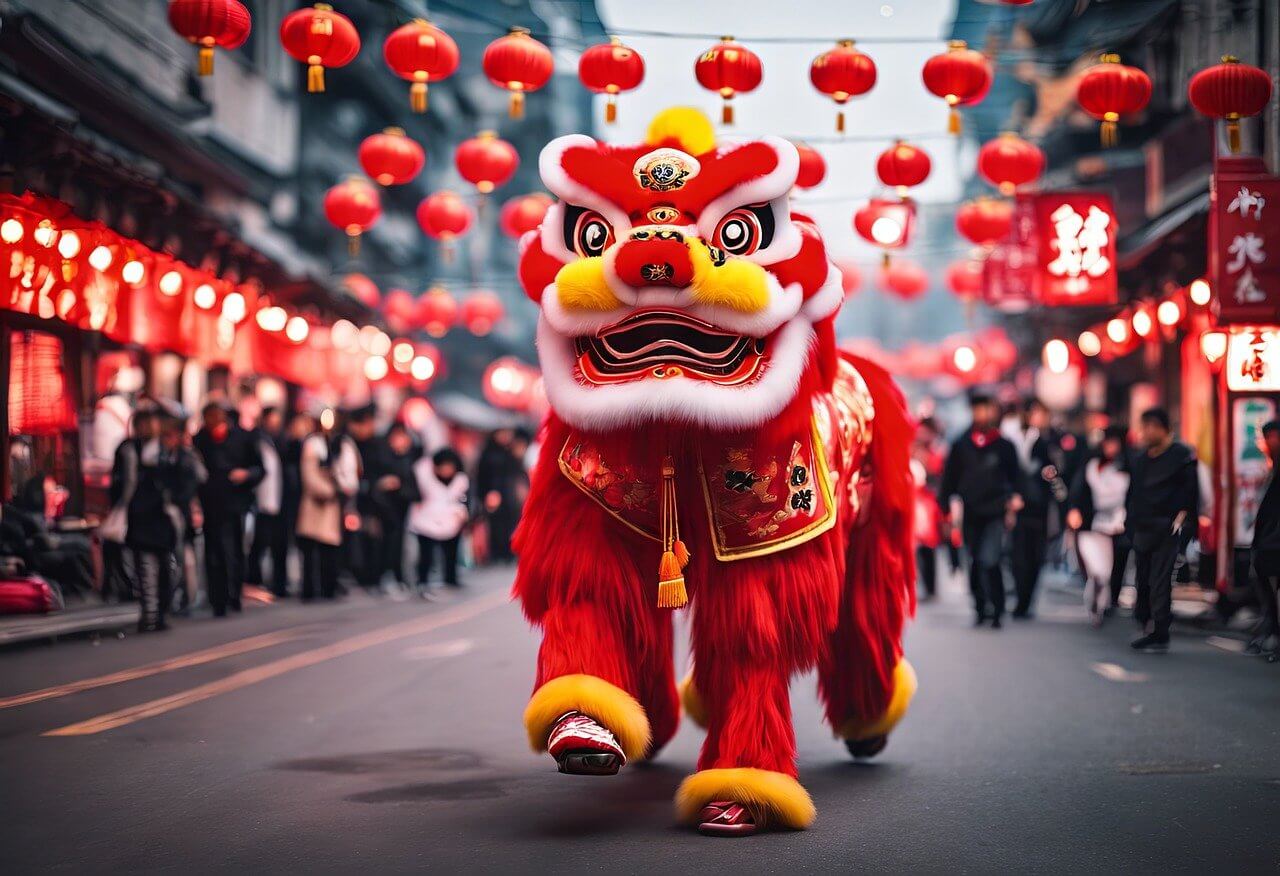The Lunar New Year celebration is one of the most beloved events that showcase the colorful Filipino-Chinese culture in the Philippines. During this festive occasion, people from different backgrounds gather to honor and appreciate the fusion of native Filipino customs and long-standing Chinese influences.
The lively festivities observed by the Filipino-Chinese community during the Chinese New Year are a testament to the harmonious coexistence between these two cultures. From the traditional dragon and lion dance performances to the prepared mouth-watering delicacies, it’s a time of joy, laughter, and togetherness.
Understanding the Filipino-Chinese Community
The Filipino-Chinese culture is deeply ingrained in the history and social fabric of the Philippines. The fusion of Chinese and Filipino traditions has given rise to a vibrant and resilient community that has contributed significantly to the country’s development and economy.
The Lunar New Year celebration, known as the Chinese New Year, is one of the most important festivals of the Filipino-Chinese community. During this time, the community comes together to celebrate with family and friends, offering traditional food such as Tikoy and engaging in cultural practices such as feng shui. It is really a testament to the shared history and culture of the Chinese and Filipino people.
Lunar New Year Celebrations
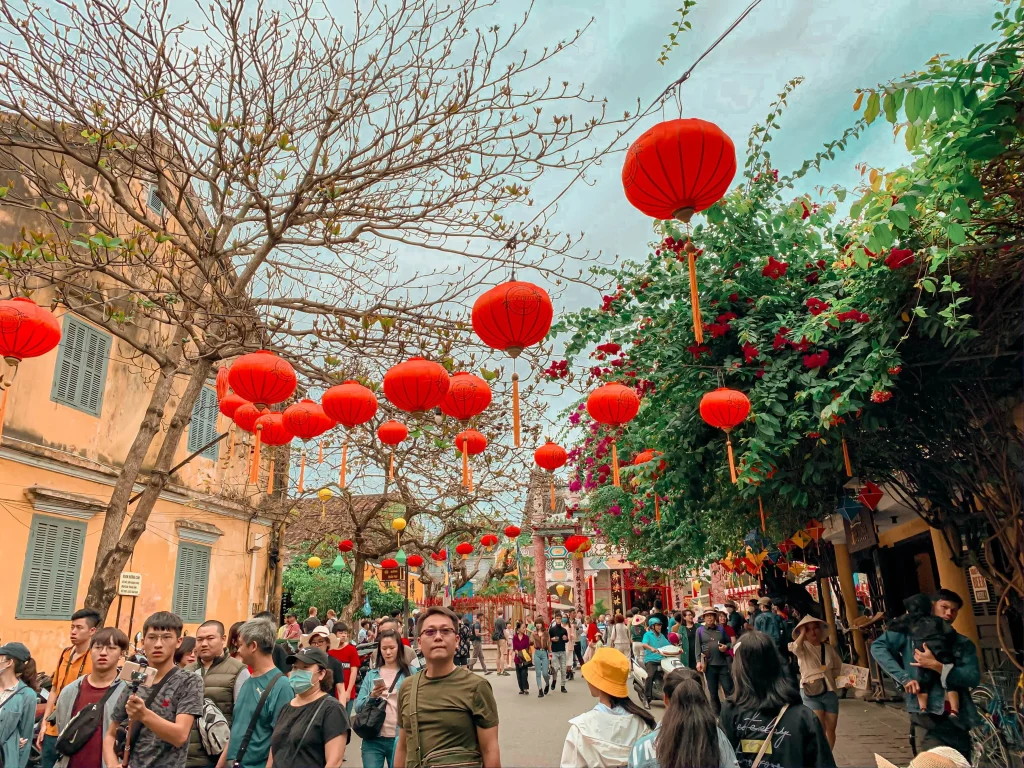
The Lunar New Year celebration holds a special place in the heart of Filipino-Chinese culture, acting as a vibrant annual extravaganza that bridges the traditions of two diverse communities. The streets come alive with the rhythmic beats of drums, lively parades featuring dragon and lion dances, and dazzling fireworks that paint the sky. This cultural spectacle showcases the Chinese influence on Filipino traditions and highlights the harmonious integration of these rich cultural heritages.
Filipino-Chinese Cultural Fusion
The fusion of Filipino and Chinese traditions, customs, and beliefs has significantly impacted various facets of Philippine culture, including cuisine, language, fashion, and religion.
Language and Fusion
In the intricate tapestry of Filipino-Chinese culture, language is a captivating thread that weaves diverse influences together. The linguistic landscape reflects the harmonious coexistence of Filipino and Chinese elements, showcasing the adaptability and fluidity that define this unique cultural identity. The Filipino-Chinese community embodies linguistic fusion, where phrases and expressions seamlessly blend, echoing the cultural diversity present in the country.
Culinary Delights as Cultural Bridges
Culinary traditions within the Filipino-Chinese community unfold as a vibrant journey through diverse flavors and cooking techniques. The fusion of Filipino and Chinese culinary influences creates a unique gastronomic experience.
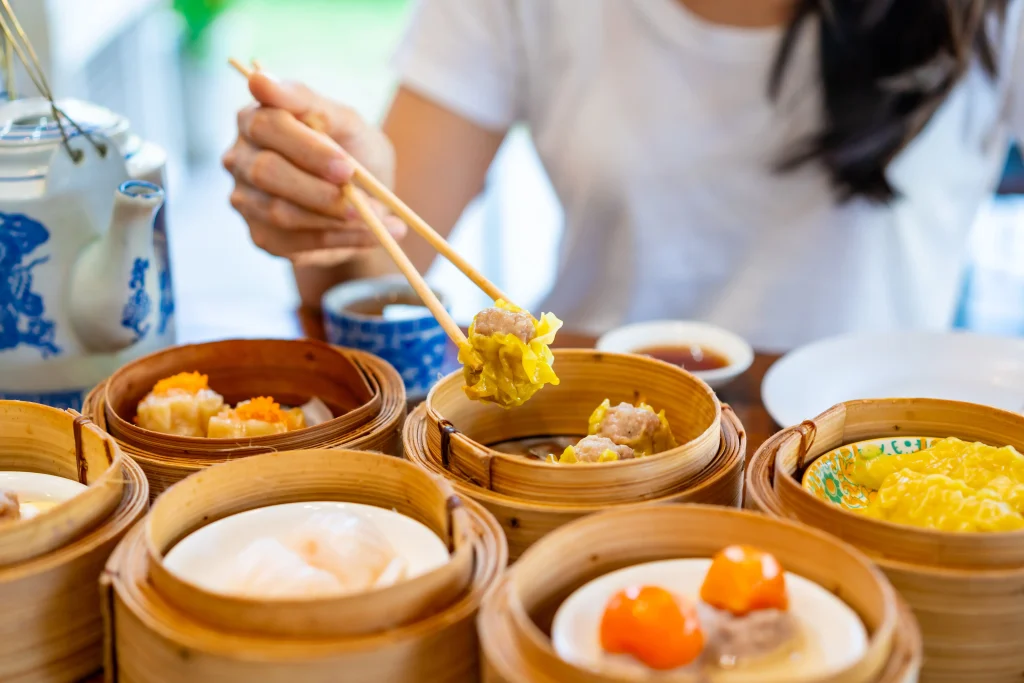
Dim sum, with its delicate flavors and varied textures, exemplifies the blending of these two distinct cuisines. Lunar New Year pancit, a dish prepared during the celebration, showcases the culinary artistry that bridges cultural gaps through the universal language of food.
Resilience and Adaptability Over Centuries
The rich history of Filipino-Chinese culture is marked by resilience and adaptability. Across centuries, this community has navigated through historical currents, facing challenges with remarkable resilience. The adaptability of the Filipino-Chinese community has shaped its cultural identity and contributed to the broader narrative of the Philippines’ diverse cultural landscape.
Filipino-Chinese Traditions for Lunar New Year
In exploring Filipino-Chinese traditions for the Lunar New Year, one can witness a unique blend of customs observed by the Filipino-Chinese community worldwide. These traditions, deeply rooted in Chinese culture, have become more evident with the advent of social media.
Just as the Lunar New Year traditions are deeply rooted, a condo for sale in Tagaytay represents a symbol of new beginnings and prosperity, offering an excellent opportunity to create lasting memories within the embrace of a culturally rich community.
Preserving Cultural Traditions through Family Reunions
Like Christmas traditions, Chinese New Year emphasizes the importance of visiting the oldest members of extended families. A reunion dinner on the eve of Chinese New Year brings family members together, each contributing a favorite dish. Older family members often give “Angpao,” red envelopes filled with money, to their children and grandchildren.
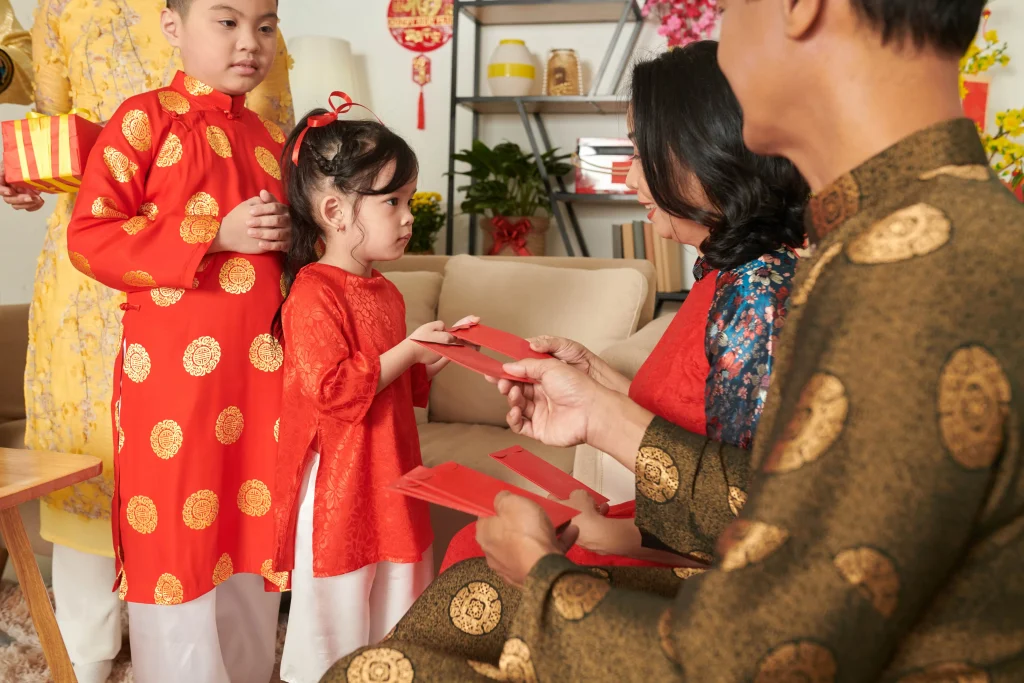
As families come together to celebrate, a condo for sale in Tagaytay serves as a cultural bridge, offering a haven for family reunions and a space to continue the cherished traditions of the Filipino-Chinese community.
The Tradition of ‘Angpao’ in Chinese New Year Celebrations
Red envelopes filled with money, known as “Angpao,” symbolize prosperity entering the new year. Recipients follow etiquette by opening the envelope only after the event and counting their blessings privately. The money is often not spent immediately, emphasizing its significance.
Symbolism on the New Year’s Eve Dinner Table
The New Year’s Eve dinner is a central element of Chinese culture, bringing families together for a significant meal. Staples include:
- Tikoy (a glutinous rice cake symbolizing success; its sticky texture is believed to strengthen familial ties and relationships).
- Long noodles (representing a long and healthy life).
- Fish (symbolizing abundance and fortune).
- Dumplings (resembling ancient silver and gold ingots for prosperity).
- Spring rolls (symbolizing wealth and new beginnings).
Dragon and Lion Dances Bringing Luck and Prosperity
Beyond family traditions, businesses engage in street dances featuring dragon and lion dancers during Chinese New Year. These performances are believed to bring luck and prosperity, symbolizing power, boldness, excellence (dragon), strength, stability, and superiority (lion).
Fireworks and Noise to Ward off Evil Spirits
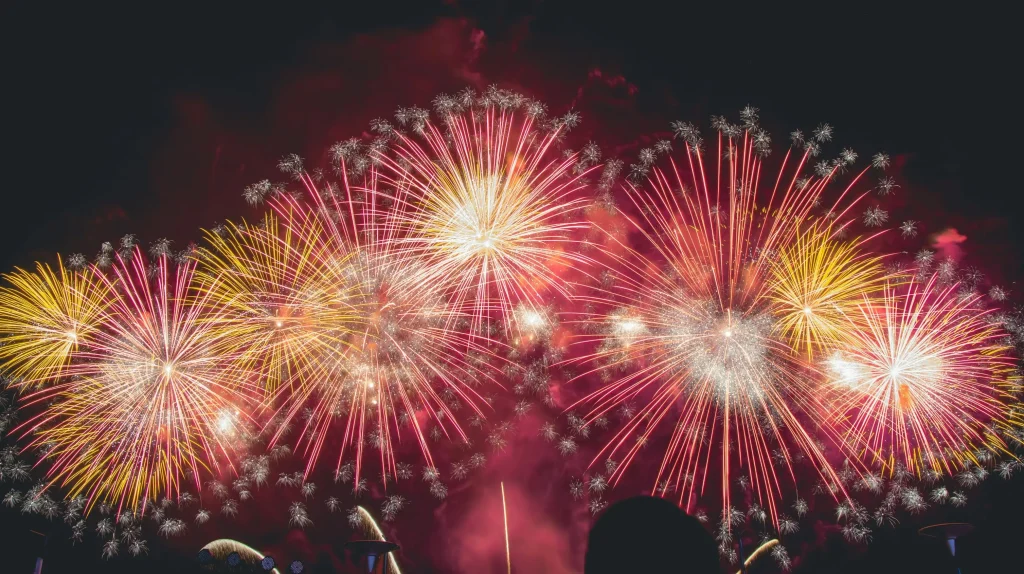
Welcoming the new year with fireworks and firecrackers is a traditional practice thought to ward off evil spirits and the legendary beast Nian. Noise-making using horns and cooking pans is also common to ward off bad fortune.
A Symbolic Finale to Filipino-Chinese Lunar New Year Celebrations
The Filipino-Chinese community’s celebration of the Lunar New Year is a joyous culmination, ending with the Lantern Festival—a symbol of hope and new beginnings. This celebration honors the past and looks forward to the future with optimism. The Lunar New Year serves as a pathway for the community to share in the warmth of family ties, the richness of traditions, and the enduring legacy of Filipino-Chinese heritage in the heart of the Philippines.
Conclusion
Filipino-Chinese culture beautifully intertwines with Filipino traditions during the vibrant Lunar New Year celebrations. This cultural fusion is exemplified by lively festivities featuring dragon dances, special foods, and family gatherings. Imagine owning a beautiful condo for sale in Tagaytay. This will allow you to fully immerse in the exciting cultural experience of the Lunar New Year, embracing traditions and the lively spirit.
As part of the Philippine cultural mosaic, the Filipino-Chinese community represents resilience, adaptability, and unity, contributing to the country’s diverse cultural landscape. The Lunar New Year, within this vibrant community, provides more than just a time of celebration—it becomes a pathway to share in the warmth of family ties, the richness of traditions, and the enduring legacy of Filipino-Chinese heritage in the heart of the Philippines.


